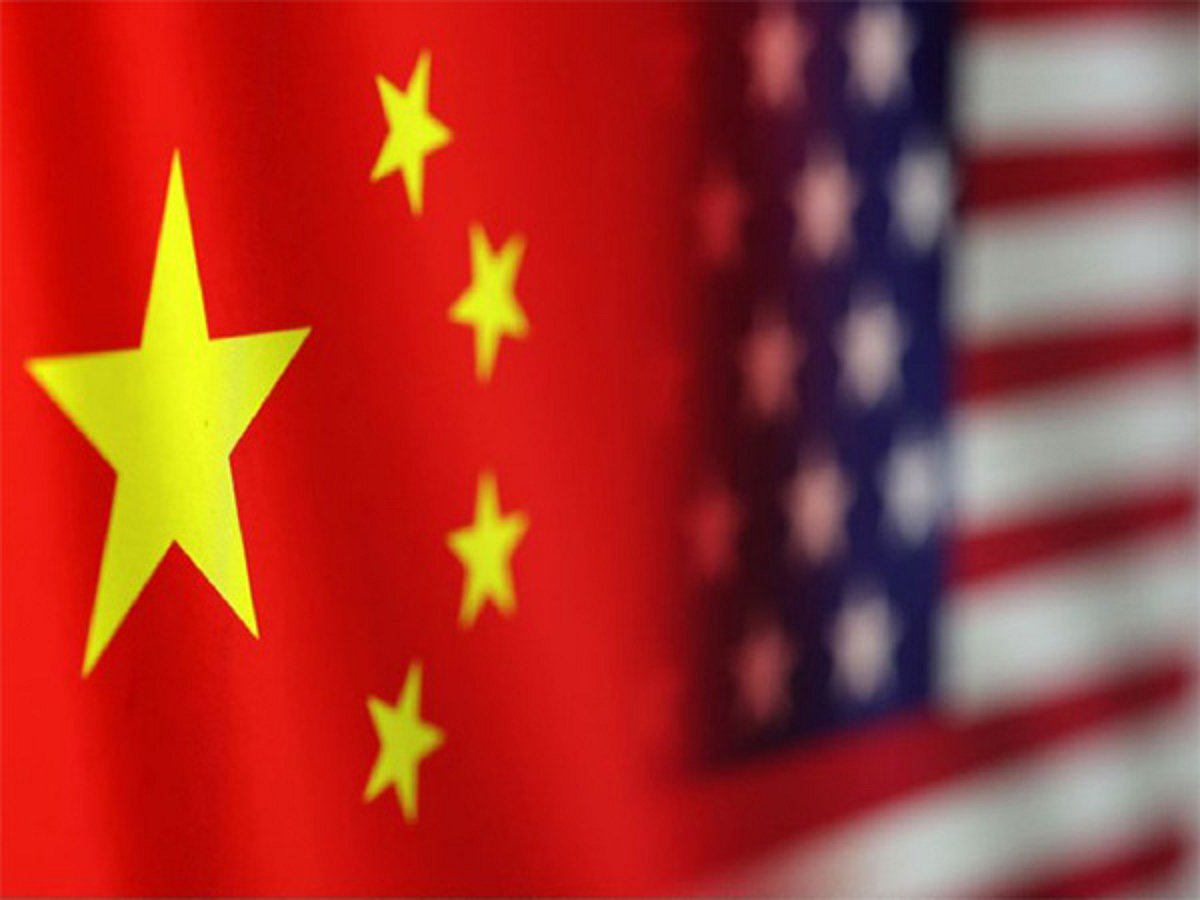1. Technology and Electronics
This is the most exposed segment. Nearly half of US imports from China in 2024 were electronics, components, and finished consumer devices. The new tariff will sharply raise landed costs for smartphones, laptops, networking gear, and electric vehicle (EV) batteries.
Tech firms will face cost spikes and margin compression, as many remain dependent on Chinese assembly lines and components. Contract manufacturers like Foxconn, BYD Electronics, and Luxshare could experience lower US order volumes.
It is also expected that a rapid acceleration of production relocation to Southeast Asia and Mexico. However, supply substitution at scale will likely take 18–24 months, prolonging cost pressures.
2. Renewable Energy and Electric Vehicles
Solar panels, battery cells, and energy storage systems are central to US decarbonisation plans — yet they are heavily reliant on Chinese input materials such as polysilicon, lithium iron phosphate, and rare earth magnets.
The tariff could delay or increase the cost of US renewable energy projects, especially large-scale solar and EV deployments.
3. Consumer Goods and Retail
Everyday goods — from apparel and footwear to furniture and household appliances — are likely to become costlier. Retailers like Walmart, Target, and Best Buy, which source extensively from China, face difficult choices between absorbing costs or passing them on to consumers.
The price rises could be most visible here, potentially reigniting consumer inflation just as the Fed had started to stabilize prices.
Retailers may accelerate procurement from Vietnam, Indonesia, and India, though these alternatives lack China’s production depth and scale.
4. Industrial and Capital Goods
US manufacturing, especially in automotive, aerospace, and machinery, depends on Chinese intermediate goods such as precision components, steel, and electronics subassemblies.
Higher costs for capital equipment and slower supply chain turnover may dampen business investment.
The reshoring push may strengthen US industrial policy, spurring new investments in domestic manufacturing hubs, particularly in the Midwest and South.
5. Commodities and Strategic Materials
China dominates processing in key inputs like graphite, cobalt, and rare earths. If Beijing retaliates by restricting exports of these materials, downstream industries — from EVs to defense electronics — could face shortages and production delays.
Prices of rare earths and battery metals may become volatile. The US and its allies will likely accelerate stockpiling and sourcing deals with countries such as Australia, Chile, and Canada.
6. Financial and Market Implications
Equity markets will remain volatile as investors reassess exposure to both US and Chinese manufacturing. The dollar may strengthen initially as a risk-off move, while emerging market currencies could weaken. Corporate bond spreads may widen for firms with China-dependent supply chains.
In conclusion, the 100% tariff signals a structural decoupling rather than a temporary trade maneuver. While the US aims to reduce dependency on China and strengthen strategic autonomy, the transition will be inflationary, capital-intensive, and disruptive in the short term. Global supply chains may become more regionalized, with new winners emerging in India, Vietnam, Mexico, and Eastern Europe — but at the cost of higher global production inefficiency.
The next six months will determine whether the move triggers negotiated adjustments or entrenches a new phase of economic rivalry between the world’s two largest economies.

